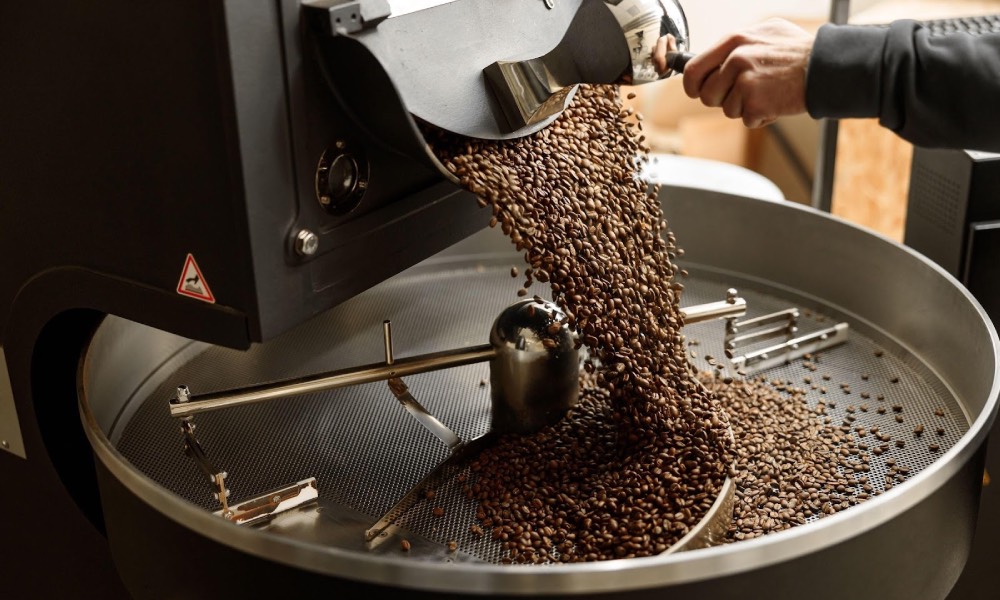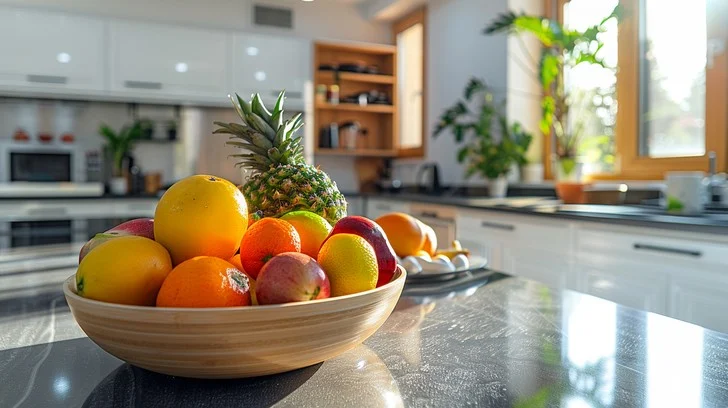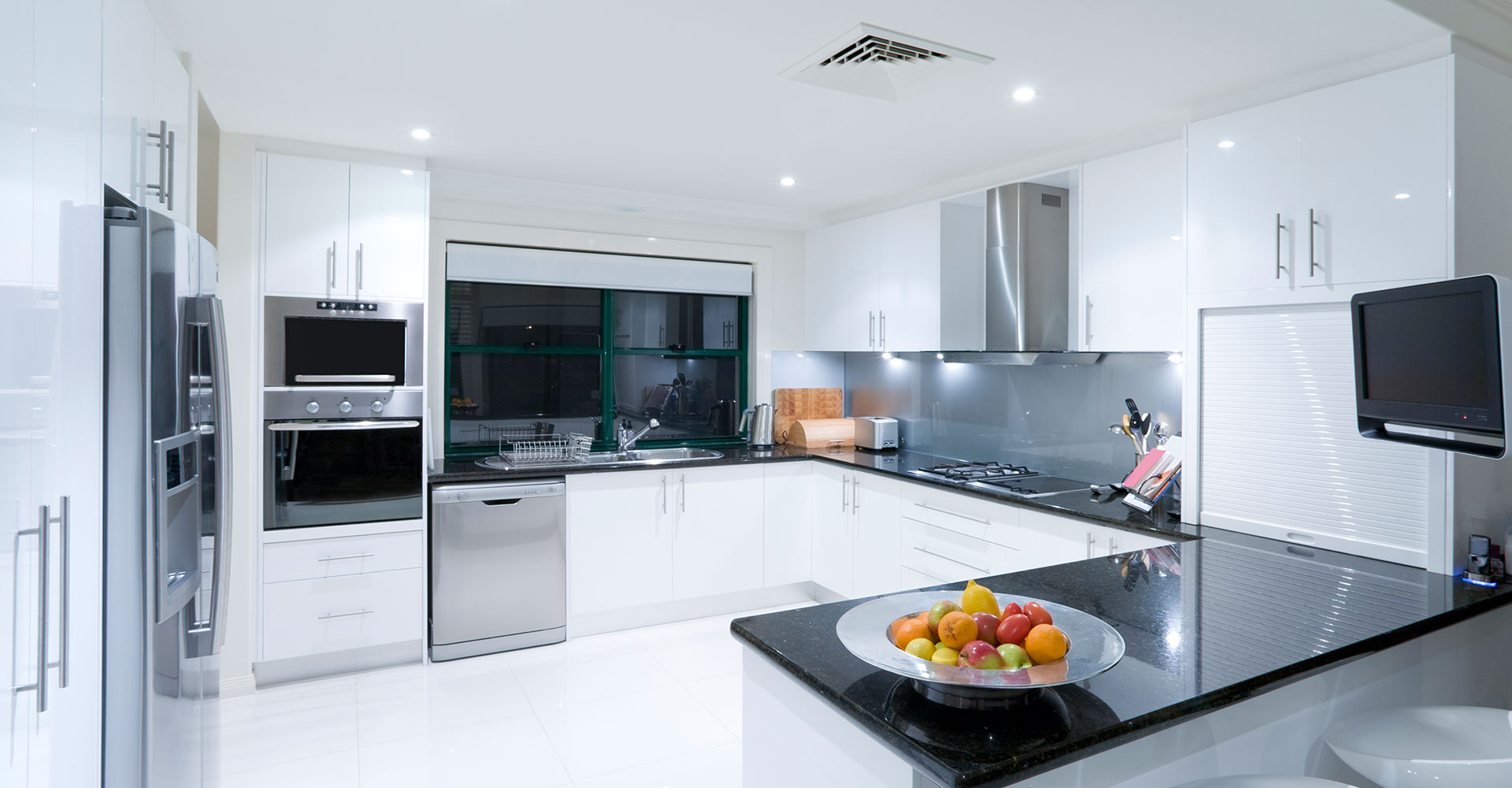
Choosing the right Coffee Roasting Machine depends on factors like how much coffee you want to roast, how consistent you want the roasts to be, your budget, and the space you have. There are different types of Coffee Roasting Machines: small ones for home use, like air roasters and drum roasters, medium-sized ones for sampling, big ones for businesses, and others that use different methods like fluid bed roasters.
When picking a Coffee Roasting Machine, think about how much coffee you need to roast, how consistent you want the roasts to be, how much you can spend, and how much space you have.
What are the different types of coffee roasting machines?
There are several types of coffee roasting machines, each with its own advantages and characteristics. Here are some of the common types:
Drum Roasters
These are the most traditional types of coffee roasting machines. They consist of a rotating drum where the coffee beans are placed. Heat is applied either directly or indirectly to the drum, and the beans roast as they tumble inside.
Also, drum roasters offer good control over the roasting process and are commonly used in small to medium-sized coffee roasting operations.
Fluid Bed Roasters
Also known as air roasters or hot air roasters, these machines use hot air to roast the coffee beans. The beans are suspended in a chamber by a current of air, which evenly roasts them. Fluid bed roasters can roast coffee more quickly than drum roasters and are often preferred for their clean and bright flavors.
Centrifugal Roasters
In centrifugal roasters, coffee beans are roasted inside a spinning drum or chamber. The centrifugal force generated by the spinning motion helps to evenly distribute heat and roast the beans. These machines are known for their high throughput and consistent roasting results.
Combination Roasters
Some roasting machines combine features of drum and fluid bed roasters, offering the benefits of both types. These combination roasters may use a drum for the primary roasting process and hot air for additional drying or flavor development.
Home Roasters
There are various types of coffee roasting machines designed for home use, ranging from small drum roasters to fluid bed roasters and even popcorn popper modifications.
These machines allow coffee enthusiasts to roast small batches of coffee beans at home, providing greater control over the roasting process and freshness of the coffee.
Commercial Roasters
Commercial coffee roasters come in various sizes and configurations to accommodate different production volumes. They often feature advanced control systems for precise temperature and airflow adjustments, as well as built-in cooling mechanisms to quickly cool the roasted beans and halt the roasting process.
How to choose the right coffee bean roasting machine?
Choosing the right coffee roasting machine depends on several factors, including your roasting volume, desired roast profiles, budget, available space, and level of control you want over the roasting process.
Here’s a deeper understanding and detailed insights into how to make the right choice:
Roasting Volume
Consider the amount of coffee you plan to roast regularly. If you’re roasting small batches for personal use or a small café, a home roaster or a small commercial roaster would suffice.
For larger volumes, you’ll need a commercial-grade roaster capable of handling higher capacities.
Roast Profile Control
Different roasting machines offer varying levels of control over the roast profile. If you prefer precise control over factors like temperature, airflow, and roasting time, you may opt for a machine with advanced control systems, such as commercial roasters or high-end home roasters.
Drum roasters generally offer good control over the roasting process, allowing you to adjust temperature and airflow settings. Some fluid bed roasters also come with programmable features for customized roast profiles.
Roasting Speed
Consider how quickly you need to roast your coffee. Fluid bed roasters tend to roast coffee beans more quickly than drum roasters due to their direct application of hot air. If speed is a priority, a fluid bed roaster might be more suitable.
Centrifugal roasters are also known for their high throughput and can roast large volumes of coffee beans relatively quickly.
Space and Installation Requirements
Evaluate the space available for the roasting machine. Commercial roasters are often larger and require more space, while home roasters are generally more compact.
Consider installation requirements, such as ventilation and power supply. Commercial roasters may need dedicated ventilation systems and higher electrical capacities.
Budget:
Set a budget based on your financial constraints and the features you prioritize. Drum roasters are often more affordable compared to fluid bed or centrifugal roasters, especially for smaller models.
Moreover, keep in mind additional costs such as installation, maintenance, and any necessary accessories or upgrades.
Quality and Consistency
Look for a roasting machine known for producing consistent and high-quality roasts. Read reviews, seek recommendations from other roasters, and consider the reputation of the manufacturer.
Commercial roasters from reputable brands often come with warranties and support services, ensuring reliable performance over time.
Future Growth
Anticipate your future needs and growth potential. Choose a roasting machine that can accommodate your projected increase in roasting volume or expansion into new markets.
Consider scalability and whether the machine can handle increased production demands without compromising quality or efficiency.
What factors determine the best coffee roasting machine?
To find the best coffee roasting machine, there are some important things to think about. First, figure out how much coffee you need to roast. Then, check if the machine lets you control how hot it gets and how long it roasts the coffee beans. Some machines roast coffee faster than others, so think about how fast you want it to go.
It’s also important that the machine makes the coffee taste the same every time. Make sure it’s easy to use and doesn’t use too much energy. Consider how much space you have for the machine and how much money you want to spend. Look for a machine that’s strong and made by a good company.
That way, it will last a long time and you can get help if something goes wrong. By thinking about these things, you can find the best coffee roasting machine for you.
How Much Is a Coffee Roasting Machine?
Coffee roasting machine prices can vary significantly based on factors such as capacity, features, and brand. Here are some options at different price points:
- Home Use (Small Capacity): Basic electric coffee roasters for home use can cost around $100 to $250.
- Medium Capacity (1kg to 5kg): Commercial-grade coffee roasters with a capacity of 1kg to 5kg typically range from $1,000 to $5,000.
- Large Capacity (10kg and above)Industrial coffee roasters with capacities of 10kg or more can cost anywhere from $5,000 to $20,000 or more.
Final Words
In summary, choosing the right coffee roasting machine is really important. Think about things like how much coffee you need to roast, how much control you want over the process, how much energy the machine uses, how often it needs maintenance, and how much it costs. It doesn’t matter if you’re roasting at home, running a small cafe, or working in a big coffee production place – there’s a machine out there for you.
Just make sure to pick one that’s easy to use and fits your budget. When you find the right machine, you’ll be able to make great-tasting coffee consistently, and your roasting journey will be a success!








